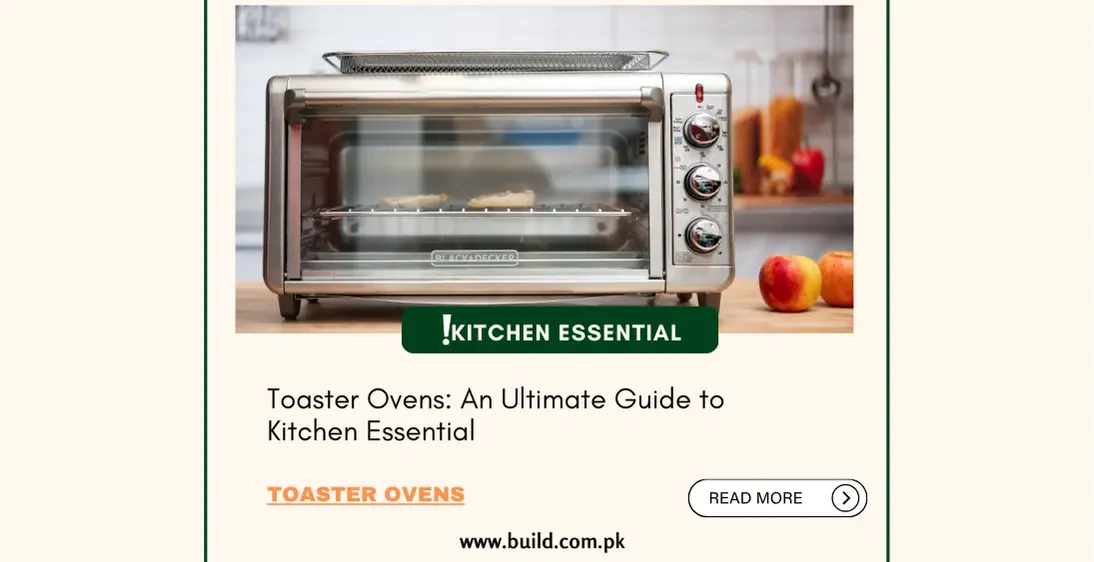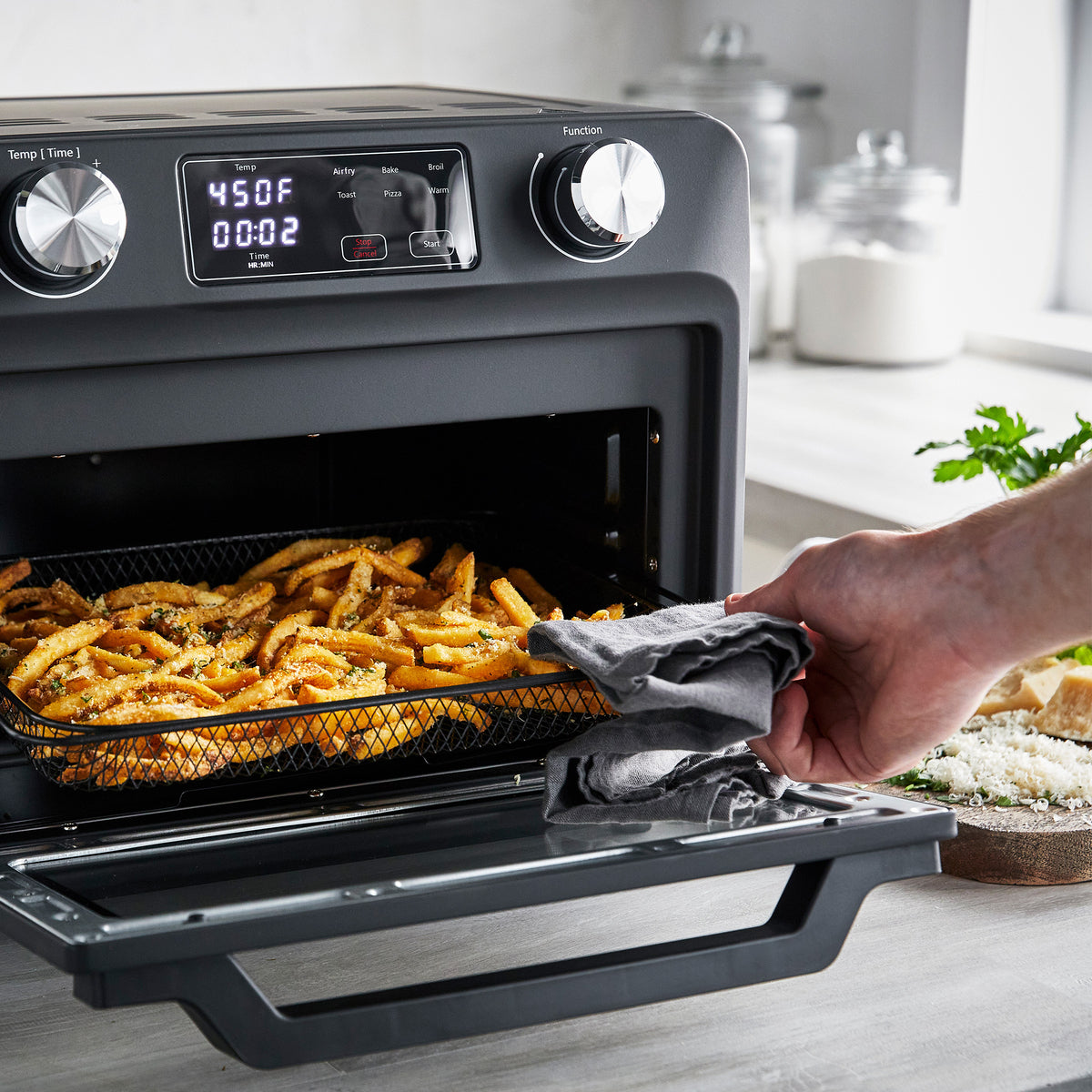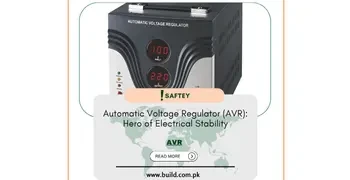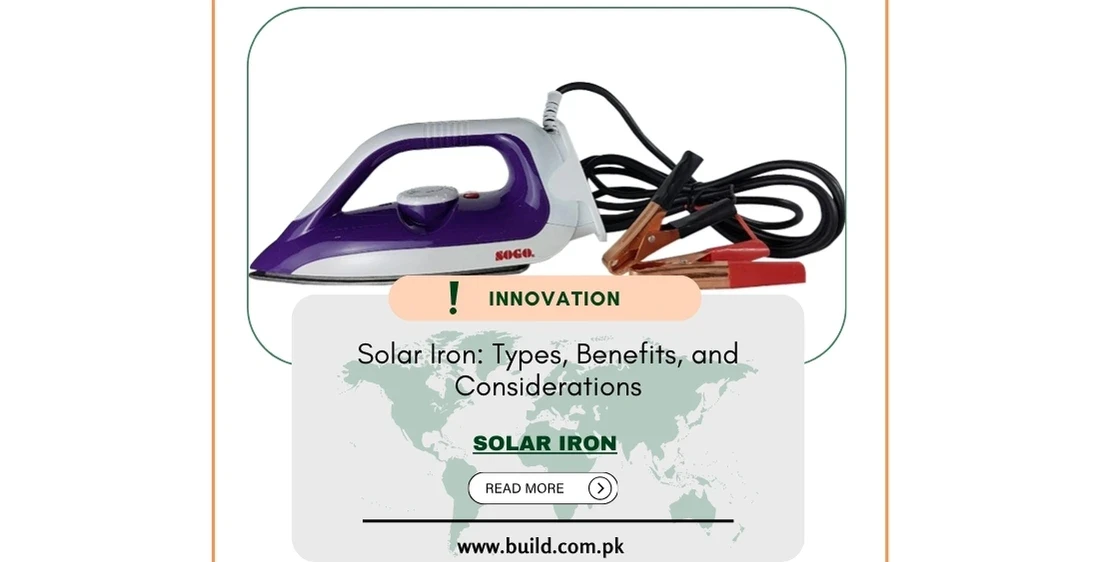Toaster Ovens: An Ultimate Guide to Kitchen Essential

Introduction:
A
toaster oven is a compact kitchen appliance that can toast, bake, broil, and
even roast food. It typically features heating elements on the top and bottom
and can be used to prepare a wide range of dishes, from simple toast to more
complex meals. Toaster ovens are available in various sizes and styles,
catering to different needs and preferences.
Types of Toaster Ovens
Toaster
ovens come in several types, each designed to cater to specific cooking needs
and preferences. Understanding the differences between these types can help you
choose the right one for your kitchen.
Standard Toaster Ovens:
Standard
toaster ovens are the most basic type, offering simple toasting, baking, and
broiling functions. They are ideal for everyday use, such as making toast,
reheating leftovers, or baking small batches of cookies. Despite their
simplicity, these ovens are incredibly versatile. Many models include
adjustable temperature settings and timers, allowing for precise control over
the cooking process. Some even come with removable crumb trays for easy
cleaning.
Convection Toaster Ovens:
Convection
toaster ovens come with a built-in fan that circulates hot air around the food,
ensuring even cooking and faster results. This feature is particularly
beneficial for baking and roasting, as it helps achieve a crispy exterior while
keeping the interior moist and tender. Convection toaster ovens often come with
additional cooking functions and larger capacities compared to standard models.
Rotisserie Toaster Ovens:
Rotisserie
toaster ovens include a rotisserie function, allowing you to roast whole
chickens or other meats evenly. The rotating spit ensures that the meat is
cooked thoroughly and remains juicy. These ovens often come with accessories
like skewers and baskets for added versatility.
Air Fryer Toaster Ovens:
Air
fryer toaster ovens combine the features of a toaster oven with the ability to
air fry, providing a healthier alternative to deep frying. They use hot air
circulation to cook food with little or no oil, resulting in crispy and
delicious dishes with fewer calories and less fat.

Benefits of Using a Toaster Oven
Toaster
ovens offer several advantages over traditional ovens and other kitchen
appliances. Here are some key benefits:
Energy Efficiency:
Toaster
ovens use less energy than full-sized ovens, making them an energy-efficient
choice for cooking small to medium-sized meals. They heat up faster and require
less electricity, helping to reduce energy bills. This makes them an
eco-friendly option for households looking to minimize their carbon footprint.
Space Saving:
Toaster
ovens are compact and take up less counter space compared to conventional
ovens. They are ideal for small kitchens, dorm rooms, or offices where space is
limited. Their small footprint also makes them easy to store in a cabinet or
pantry when not in use.
Versatility:
With
multiple cooking functions, toaster ovens can handle a variety of tasks,
including toasting, baking, broiling, and roasting. Some models even offer
additional features like air frying, dehydrating, and pizza cooking. This
versatility makes them a valuable addition to any kitchen, allowing you to
prepare a wide range of dishes with a single appliance.
Convenience:
Toaster
ovens preheat quickly and cook food faster than traditional ovens, making them
a convenient option for busy individuals or families. They are also easy to use
and often come with preset cooking functions for common foods. This makes it
easy to prepare meals without needing to constantly monitor the cooking
process.
Reduced Heat:
Using
a toaster oven generates less heat in the kitchen compared to a full-sized
oven. This can be particularly beneficial during hot weather, as it helps keep
the kitchen cooler. This makes cooking more comfortable and can even reduce the
need for air conditioning, leading to additional energy savings.
Considerations When Choosing a Toaster Oven
When
selecting a toaster oven, there are several factors to consider to ensure you
choose the best model for your needs:
Size and Capacity:
Consider
the size of the toaster oven and its interior capacity. Think about the types
of dishes you plan to cook and the available counter space in your kitchen.
Larger models offer more cooking space but require more room. It's important to
choose a size that fits your cooking needs without overwhelming your kitchen
space.
Cooking Functions:
Evaluate
the cooking functions offered by the toaster oven. Basic models may only offer
toasting, baking, and broiling, while advanced models can include air frying,
dehydrating, and rotisserie functions. Consider what types of cooking you do
most often and choose a model that offers the features you need.
Temperature Range:
Check
the temperature range of the toaster oven. A wider temperature range allows for
more versatile cooking options, from low-temperature dehydrating to
high-temperature broiling. Make sure the oven you choose can reach the
temperatures required for the dishes you plan to prepare.
Controls and Settings:
Consider
the control panel and settings. Some toaster ovens feature simple dial
controls, while others offer digital displays with preset cooking programs.
Choose a model with controls that are easy to understand and use. Digital
controls can offer more precision and convenience, but some users prefer the
simplicity of manual dials.
Accessories:
Look
for included accessories such as baking pans, racks, crumb trays, and
rotisserie spits. These accessories can enhance the functionality of the
toaster oven and make cooking more convenient. Additional accessories can also
increase the versatility of the oven, allowing you to cook a wider variety of
dishes.
Price:
Toaster
ovens :come in a wide range of prices. Set a budget and compare models within
that range to find the best value. Remember that more expensive models often
come with additional features and better build quality. It's important to
balance cost with the features you need to ensure you get the best value for
your money.
Tips for Using and Maintaining Your Toaster Oven
To
get the most out of your toaster oven and ensure it lasts for years, follow
these usage and maintenance tips:
Preheating:
Allow
the toaster oven to preheat before placing food inside. This ensures even
cooking and better results, especially for baking and roasting. Preheating is
essential for achieving consistent cooking times and even heat distribution.
Proper Placement:
Place
the toaster oven on a stable, heat-resistant surface. Ensure there is adequate
ventilation around the appliance to prevent overheating and allow for proper
airflow. Avoid placing the oven too close to walls or other appliances, as this
can restrict airflow and cause overheating.
Use the Right Cookware:
Use
cookware that fits comfortably inside the toaster oven. Avoid using oversized
dishes that can block the heating elements or restrict airflow. Ensure that
your cookware is oven-safe and suitable for the temperatures you will be using.
Regular Cleaning:
Clean
the toaster oven regularly to prevent the buildup of food residue and grease.
Remove and wash the crumb tray, racks, and accessories after each use. Wipe
down the interior and exterior with a damp cloth. Regular cleaning helps
maintain the performance of the oven and prevents odors and smoke during cooking.
Avoid Overloading:
Do
not overcrowd the toaster oven. Leave enough space around the food for proper
air circulation to ensure even cooking. Overloading can lead to uneven cooking
and longer cooking times.
Safety Precautions:
Always
use oven mitts or heat-resistant gloves when handling hot cookware. Keep the
toaster oven away from flammable materials and never leave it unattended while
in use. Ensure that the oven is unplugged when not in use and allow it to cool
completely before cleaning.
Conclusion:
A toaster oven is a versatile and convenient kitchen appliance that can handle a wide range of cooking tasks. Whether you are toasting bread, baking cookies, or roasting a chicken, a toaster oven can make meal preparation easier and more efficient. By considering the various types, features, and benefits, you can choose the perfect toaster oven to meet your culinary needs. With proper usage and maintenance, your toaster oven will be a valuable addition to your kitchen for years to come.









